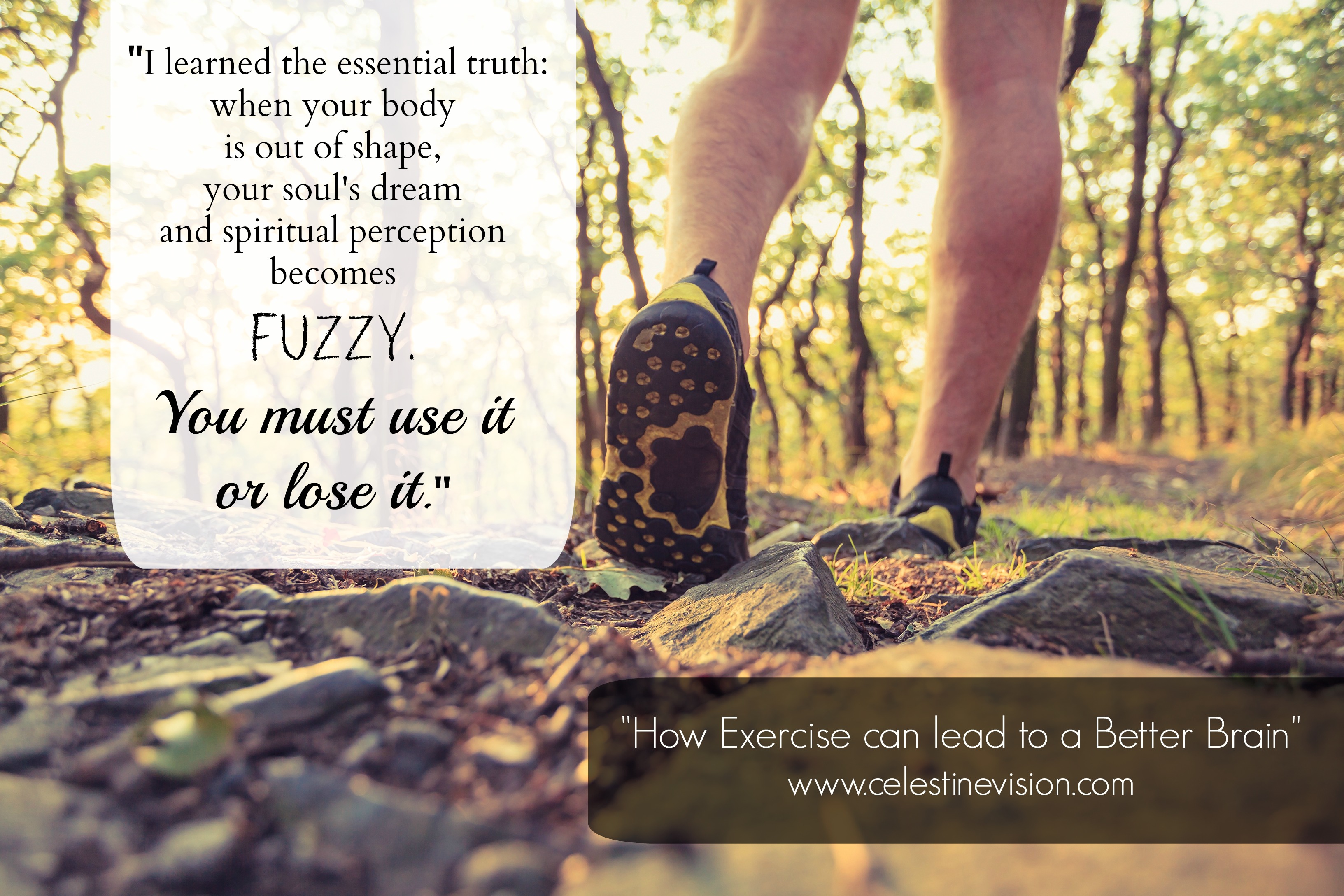Essential Oil Safety FAQ
Essential Oil Safety Information
- I’m new to essential oils. How are they used?
– Each bottle of Young Living essential oil is labeled with directions for how that oil can be used, and these directions vary based on location. Please consult with the product label for appropriate use directions. - I see the term “carrier oil” used in several places. What is a carrier oil, what does it do, and why should I use it?
– A carrier oil is a vegetable oil such as coconut oil or grapeseed oil that can be used to dilute EO. YL V-6 Vegetable Oil Complex is an excellent carrier oil for all applications. Carrier oils ensure that EOs applied topically are comfortable. Dilution with a carrier oil does not dilute the effect of the EO, and prevents waste due to excessive application. Vegetable shortening, butter, margarine or petroleum derivatives (petrolatum jelly) should never be used as carrier oils. Some consumers choose to avoid olive oil as a carrier oil because of its strong aroma and thick viscosity. - What is a hot oil?
– “Hot oils” are oils that, when applied to the skin, can cause a hot or burning sensation. YL recommends using a patch test procedure prior to first use. To perform a patch test, apply 1-2 drops of EO to a patch of skin such as the forearm. Observe that area of skin over the course of 1-2 hours for any noticeable reaction; usually reactions occur within 5-10 minutes. If you experience a hot or burning sensation or if you develop a rash, add V-6 carrier oil to the affected area as often as needed. Examples of “hot” oils include cinnamon, clove, lemongrass, peppermint, oregano, thyme, Exodus II, and Thieves. - What if I experience skin discomfort or irritation?
– If discomfort or irritation occurs, stop using the EO, and apply V-6 or other carrier oil to the affected area. Never use water in an attempt to flush the oil off the skin, as this may increase discomfort. If a rash occurs this may be a sign of detoxification; drink adequate water to encourage the release and removal of body toxins. Toxins present in petrochemical based soaps and skin care products, detergents and perfumes may trigger some of the detoxification reactions. Consider discontinuation of these agents if a reaction occurs. Before using the EO again, perform a patch test (see above) and dilute with carrier oil as needed. Water drives oil into the skin and the eyes. If EO gets in your eye, flush with V-6 carrier oil to alleviate any discomfort. Discomfort should be alleviated within minutes. If eye discomfort does not subside within 5 minutes, please seek medical attention. Be aware that some documents suggest diluting the oil with water. YL suggests that you dilute with carrier oil to ensure that discomfort is alleviated as quickly as possible.
- Can essential oils be applied to sensitive areas?
– YL recommends that you avoid contact with EOs and sensitive areas such as eyes, ears, genitals and mucous membranes. If you choose to use the oil in any sensitive area, dilute 1 drop of the essential oil to 5-10 drops of V-6 carrier oil.
Pages: 1 2




